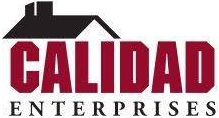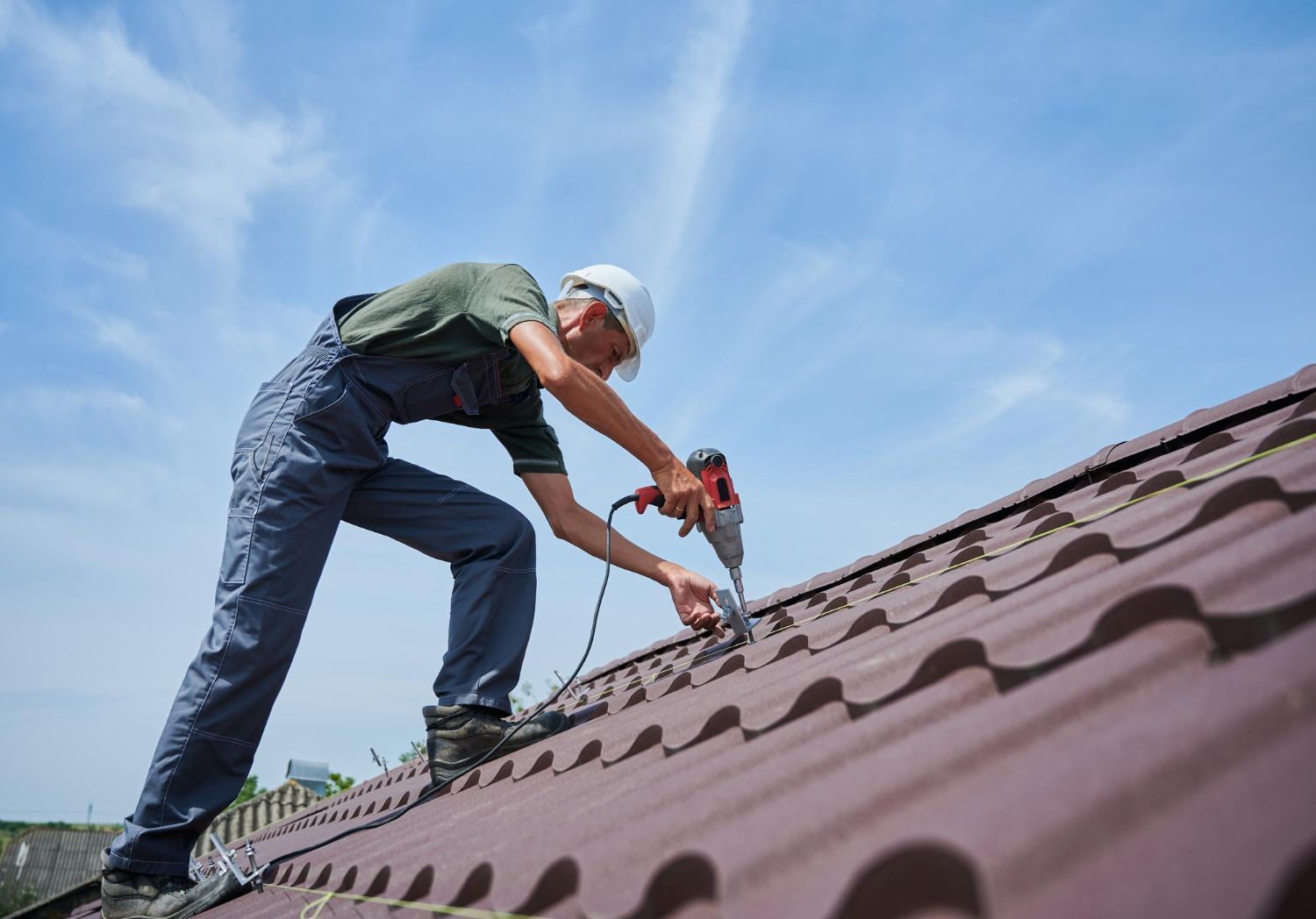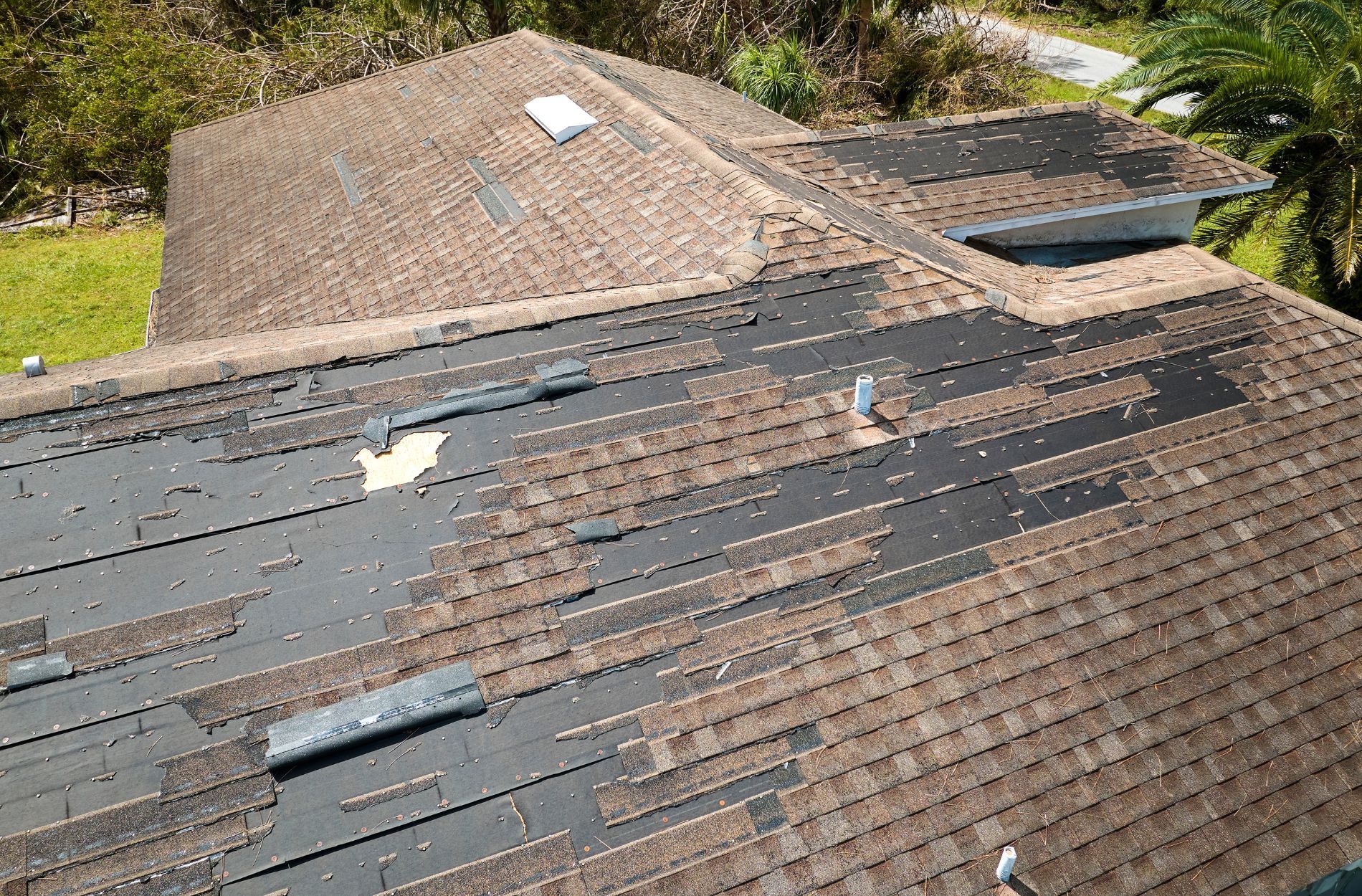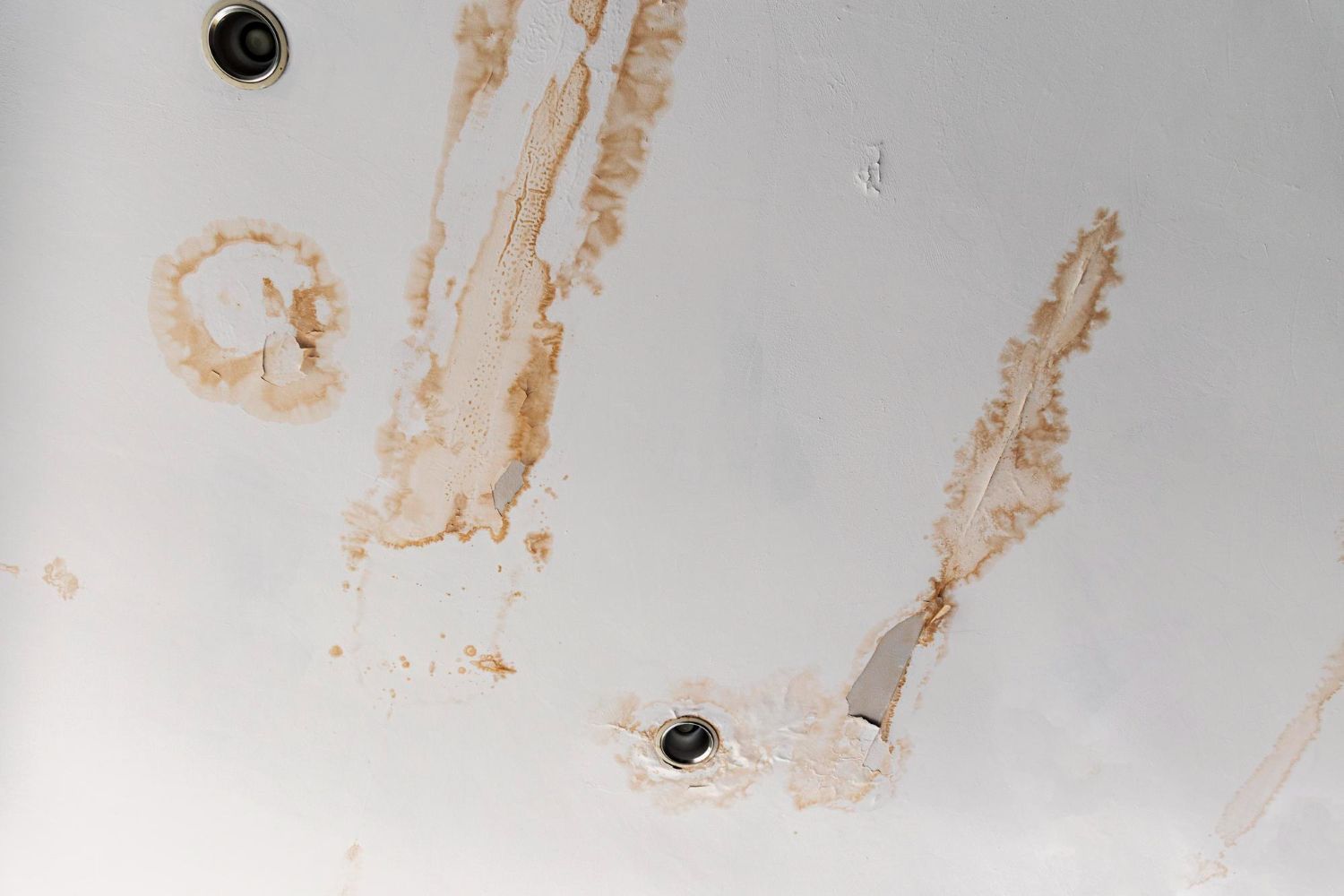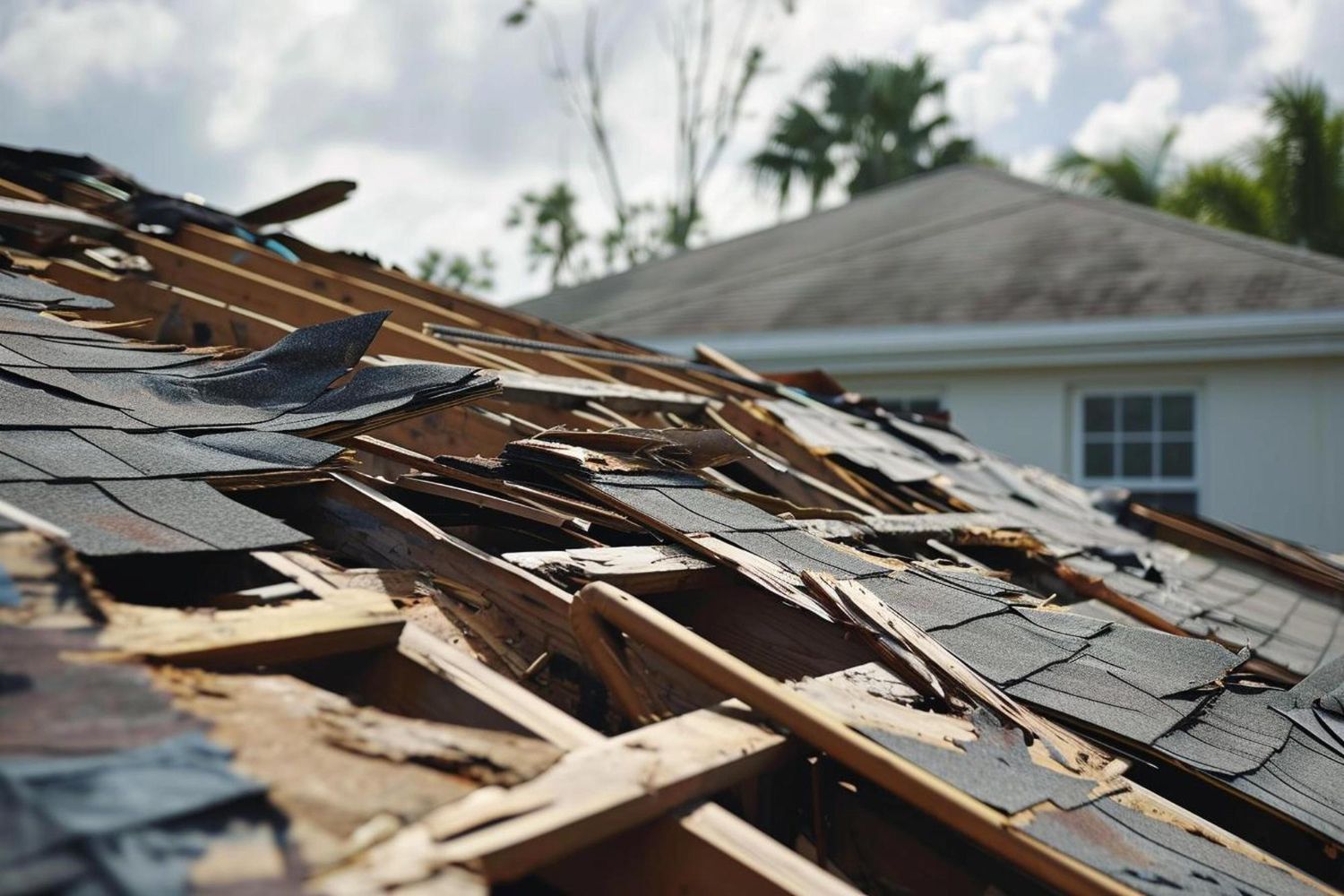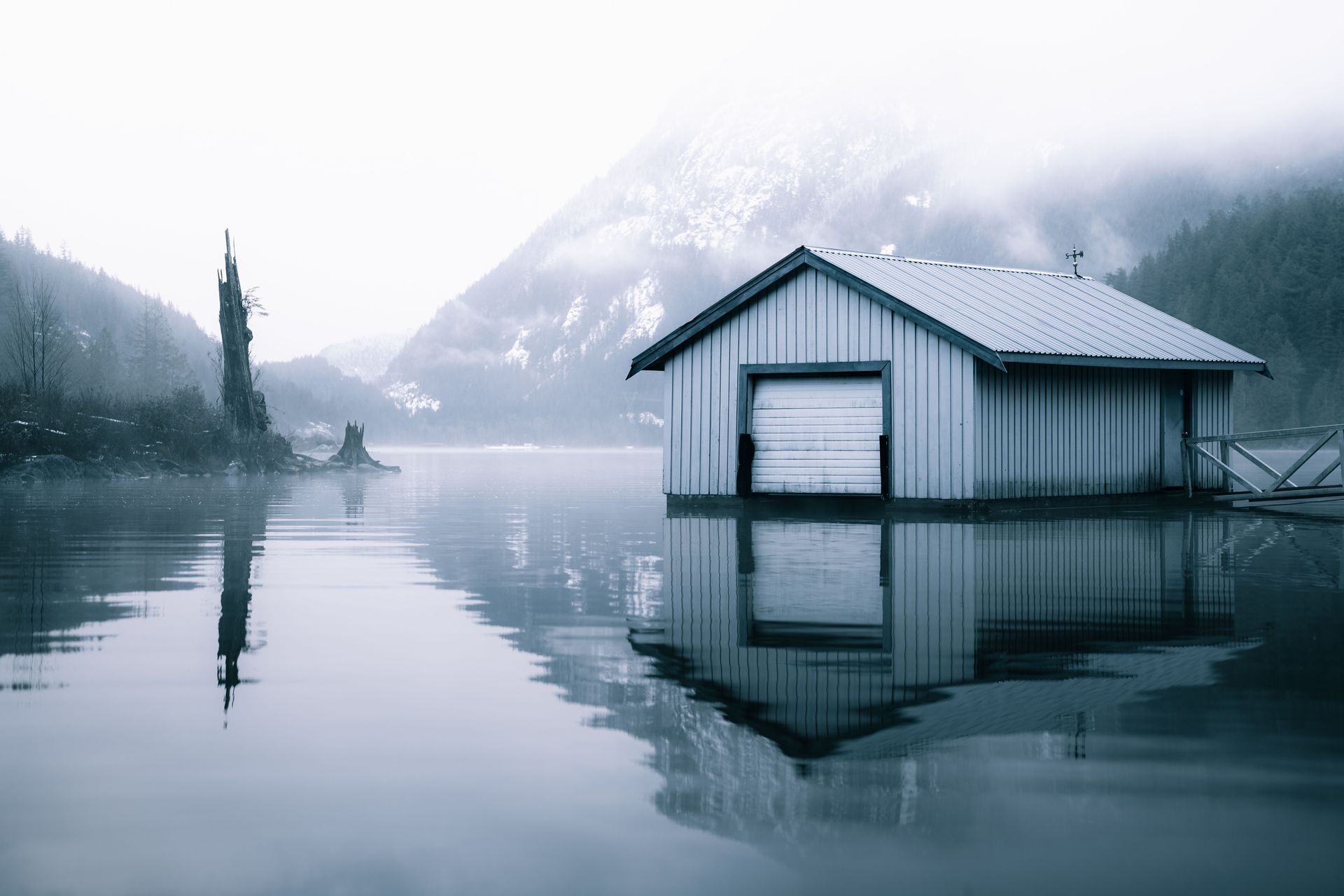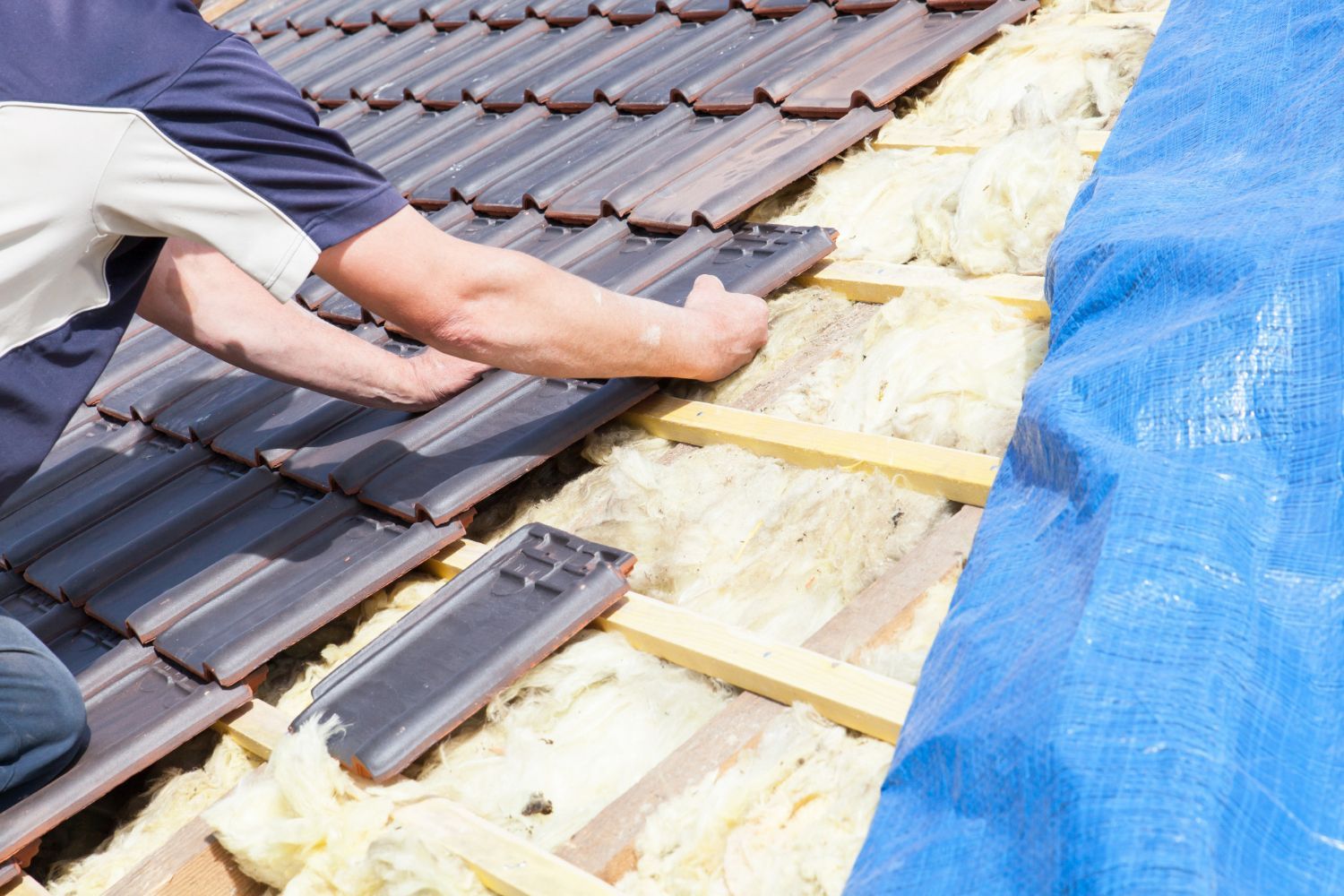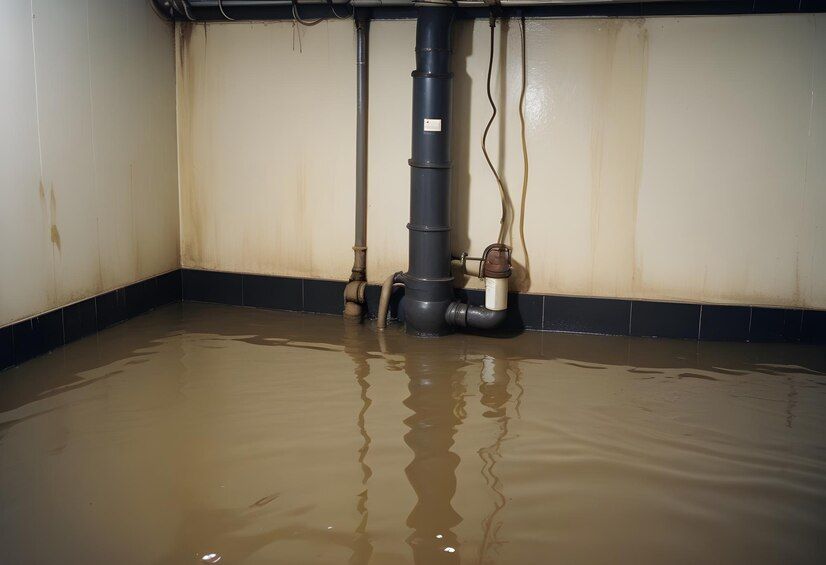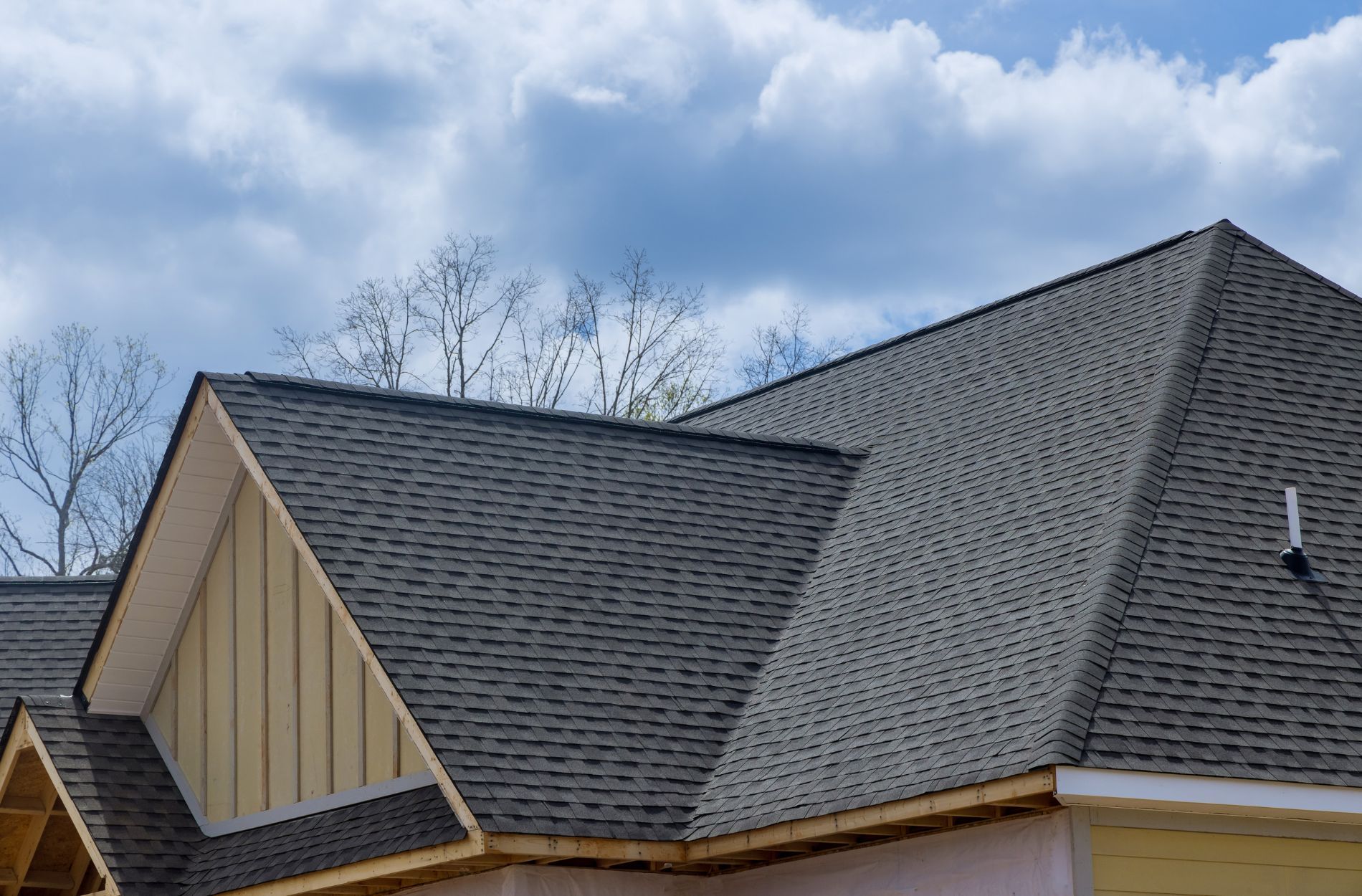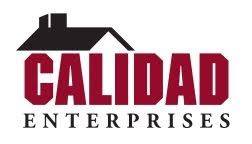Call Us Today (940) 283-6375
Combating Frozen and Burst Pipes: Proactive Measures to Protect Your Home in Winter
The body content of your post goes hereAs temperatures drop during the 2024 winter season, homeowners may find themselves facing an all-too-common issue: frozen and burst pipes. Not only can this lead to substantial water damage, but it can also result in costly repairs and a significant disruption of your daily routine. As a locally owned and operated roofing, remodeling, and restoration company in Lewisville, TX, Calidad Enterprises is dedicated to providing informative and intent-driven content to help homeowners protect their properties from the negative effects of frozen and burst pipes.
Our blog content strategy will focus on practical measures and proactive steps homeowners can take to prevent frozen pipes and minimize the resulting damage in case of a pipe burst. By discussing critical preventative methods such as pipe insulation, proper heating, and exercising caution during extended periods of extreme cold, readers will be empowered to efficiently address these concerns and safeguard their homes against potential water damage.
Key topics that will be covered in this series include identifying pipes at risk of freezing, determining the right insulation materials, maintaining adequate indoor temperatures, and utilizing safe and efficient heating methods during winter months. Additionally, we will provide guidance on what to do if your pipes freeze or burst, including quick and effective measures to limit water damage and prevent costly repairs.
Trust Calidad Enterprises as your go-to source for expert advice and valuable tips on combating frozen and burst pipes during the 2024 winter season. As a leading provider of roofing, remodeling, and restoration solutions, we strive to empower homeowners with the essential knowledge and tools necessary to maintain a safe and comfortable living environment, ensuring their properties remain protected throughout the coldest months of the year.
Identifying Pipes at Risk of Freezing
Take stock of which pipes in your home are most susceptible to freezing:
1. Unheated areas: Pipes located in unheated or inadequately heated areas like garages, basements, and crawl spaces are at a higher risk of freezing due to cold temperatures.
2. Exterior walls: Plumbing running along exterior walls may not be adequately insulated, making them vulnerable to freezing.
3. Sealed-off spaces: Pipes inside sealed-off spaces like cabinets and closet areas may not receive enough warm airflow, increasing their risk of freezing.
4. Outdoor faucets and hoses: Disconnect and drain water from outdoor hoses, faucets, and sprinklers to prevent frozen and damaged pipes.
Insulating and Protecting Your Pipes
Ensure your pipes are adequately insulated and protected against freezing temperatures:
1. Pipe insulation: Wrap at-risk pipes with insulation materials like foam pipe sleeves, heat tape, or heat cables to prevent freezing.
2. Seal gaps: Identify and seal any gaps or openings around your home's exterior walls, foundation, and windows, which might let cold air in and put pipes at risk of freezing.
3. Add insulation: Beef up your home's insulation by adding more to attics, basements, and bump-out areas to shield pipes from freezing temperatures.
4. Open cabinet doors: Leave cabinet doors open in kitchens and bathrooms during cold spells to allow warm air to circulate around the pipes.
Maintaining Proper Indoor Temperatures and Heating Methods
Implement effective heating methods to minimize the risk of frozen and burst pipes:
1. Sustain indoor temperatures: Keep the interior of your home at a consistent temperature of at least 55°F, even when unoccupied, to prevent pipes from freezing.
2. Use space heaters wisely: Place portable space heaters in unheated areas like garages or basements where pipes are susceptible to freezing.
3. Circulate warm air: If you have pipes located in a sealed-off space, use a fan to help circulate warm air into the area.
4. Uncover vents: Confirm that all heating vents are unblocked and let warm air flow freely throughout your home.
What to Do in Case of Frozen or Burst Pipes
If you encounter frozen or burst pipes, follow these measures to minimize damage and prevent further issues:
1. Shut off the main water valve: Immediately turn off the main water valve in your home to prevent further water damage.
2. Apply heat to the pipe: If you locate a frozen pipe, use a hairdryer, space heater, or heating pad to apply gentle heat to the area. Avoid using an open flame or any heat source that may cause damage to the pipe or become a fire hazard.
3. Open faucets: Open the faucet connected to the frozen pipe to help relieve pressure and allow the water to flow once the pipe thaws.
4. Call a professional plumber: If your pipe has burst or you are unable to thaw the pipe yourself, call a licensed plumber for assistance.
Partner with Calidad Enterprises for Expert Assistance in Preventing Frozen and Burst Pipes
Frozen and burst pipes are common winter season issues that can lead to significant water damage and costly repairs. As a trusted provider of roofing, remodeling, and restoration services in Lewisville, TX, Calidad Enterprises is dedicated to offering homeowners informative, intent-driven content to help them protect their homes during the 2024 winter season. Our expert advice and valuable tips on tackling frozen and burst pipes can equip you with the information you need to keep your property safe and well-maintained even in the harshest winter conditions.
By focusing on proactive measures like identifying at-risk pipes, insulating and protecting your pipes, maintaining proper indoor temperatures, and knowing what to do in case of a pipe emergency, you can prevent the damaging effects of frozen and burst pipes. Trust Calidad Enterprises to guide you through every step of
winter home maintenance and preservation, ensuring you and your family enjoy a comfortable, secure, and hassle-free winter season.
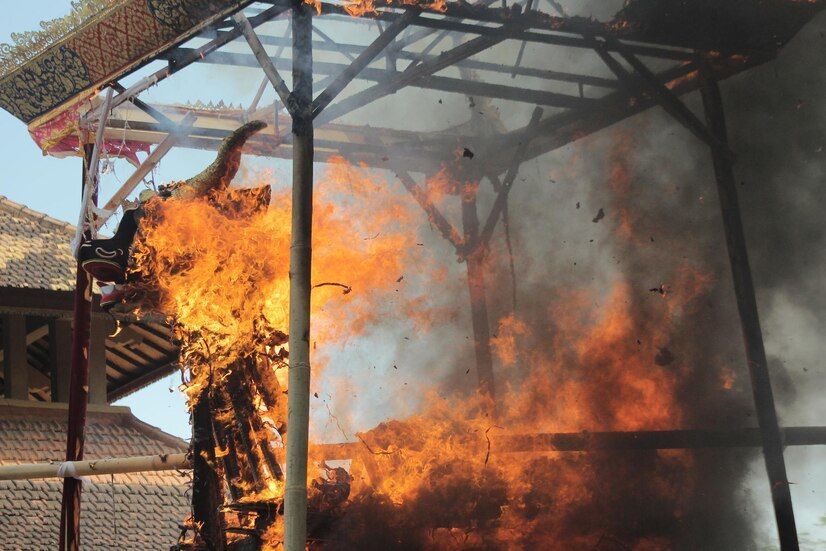
COMPANY INFORMATION
Calidad Enterprises
650 E. State Highway 121
Suite 208
Lewisville, TX 75057
HOURS OF OPERATION
Emergency Services Available
All Rights Reserved | Calidad Enterprises | Powered By Aletheia Digital | Privacy Page
